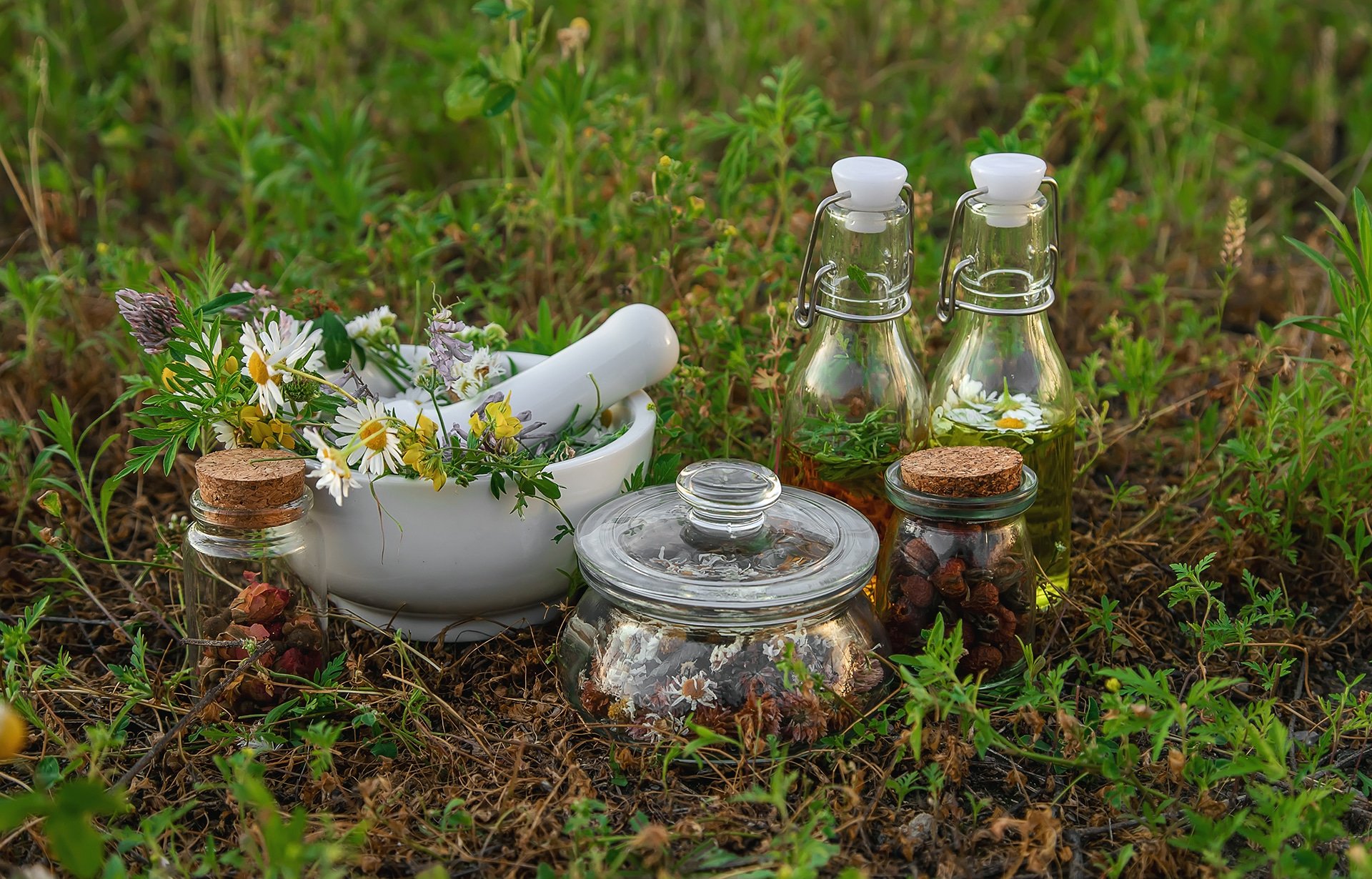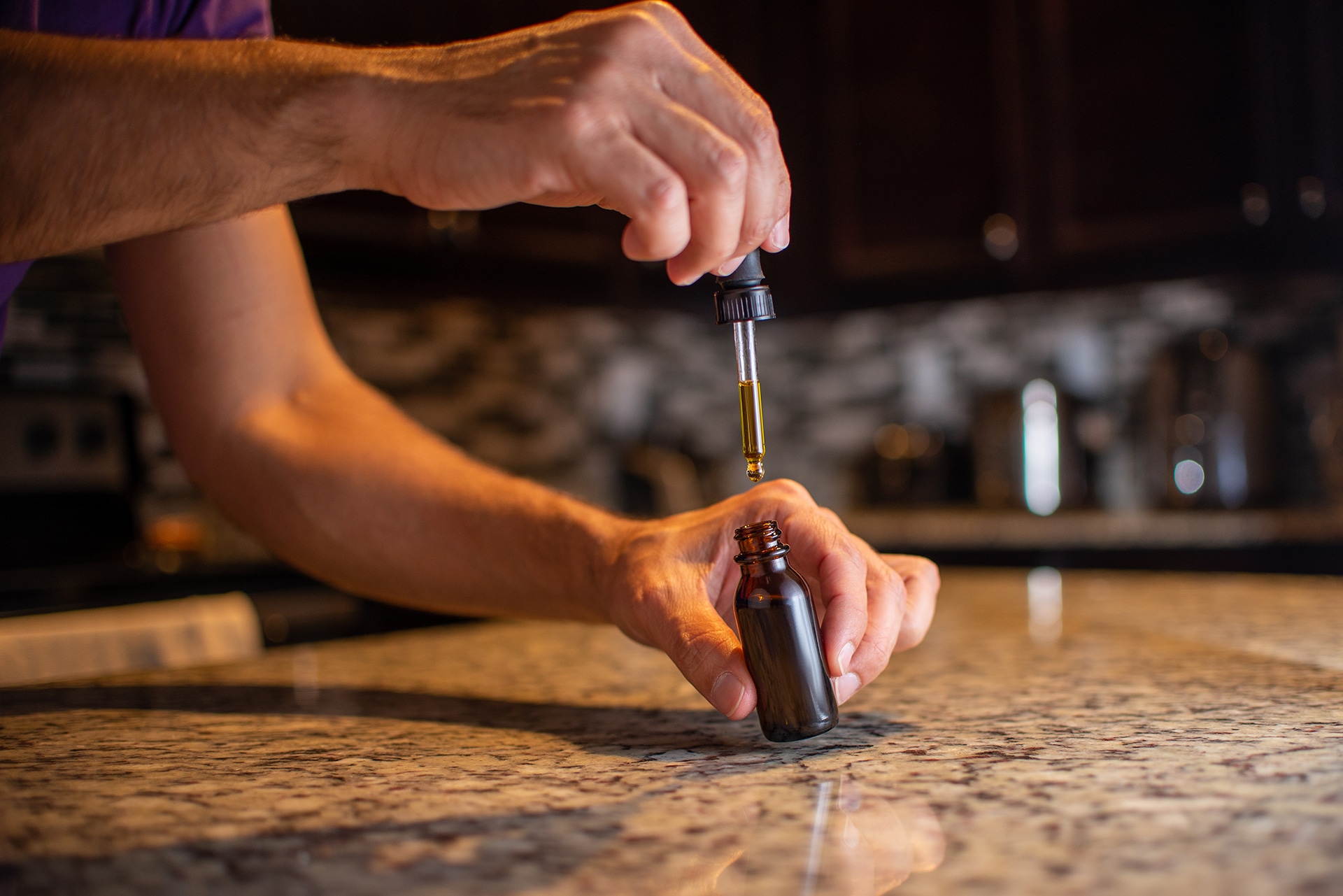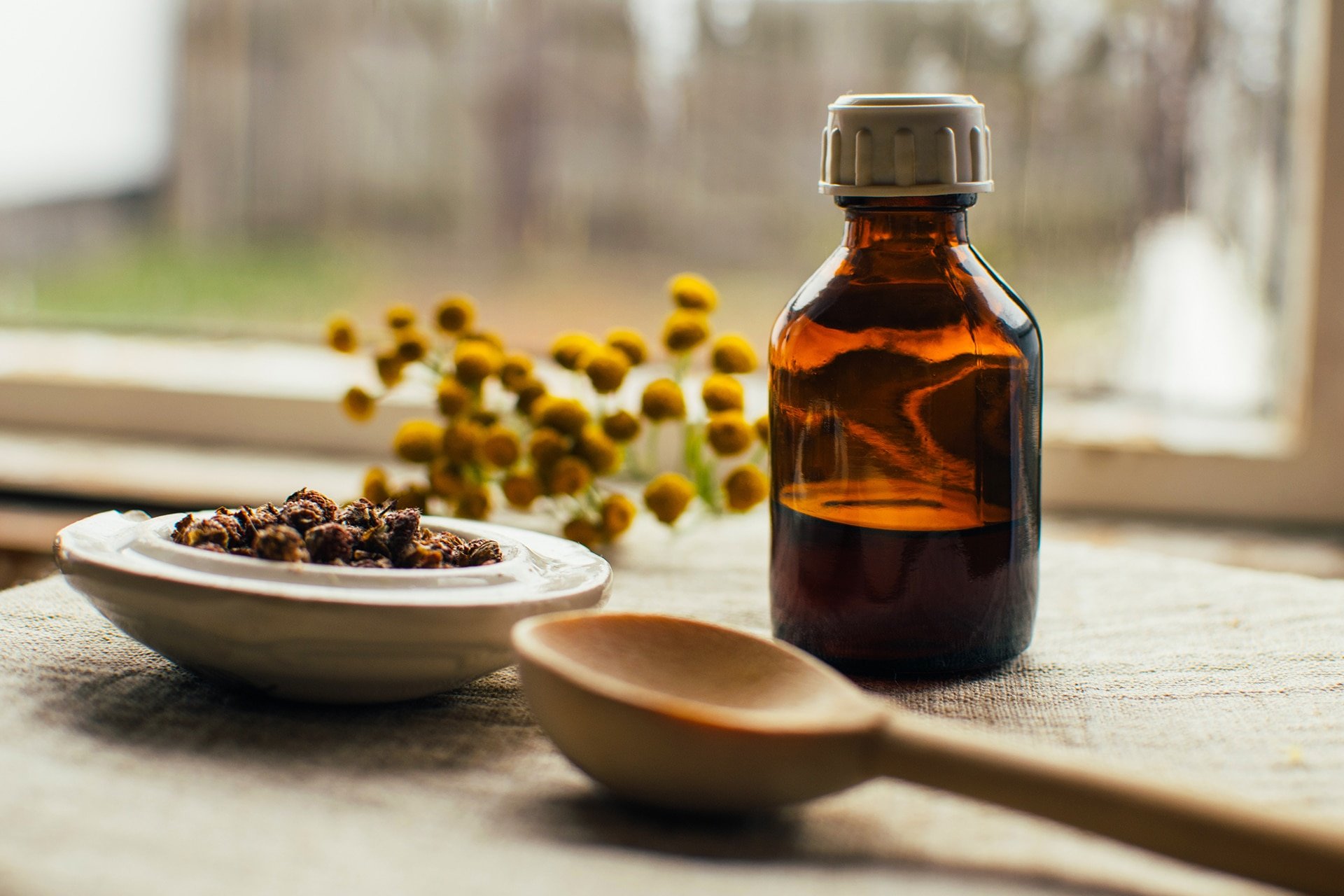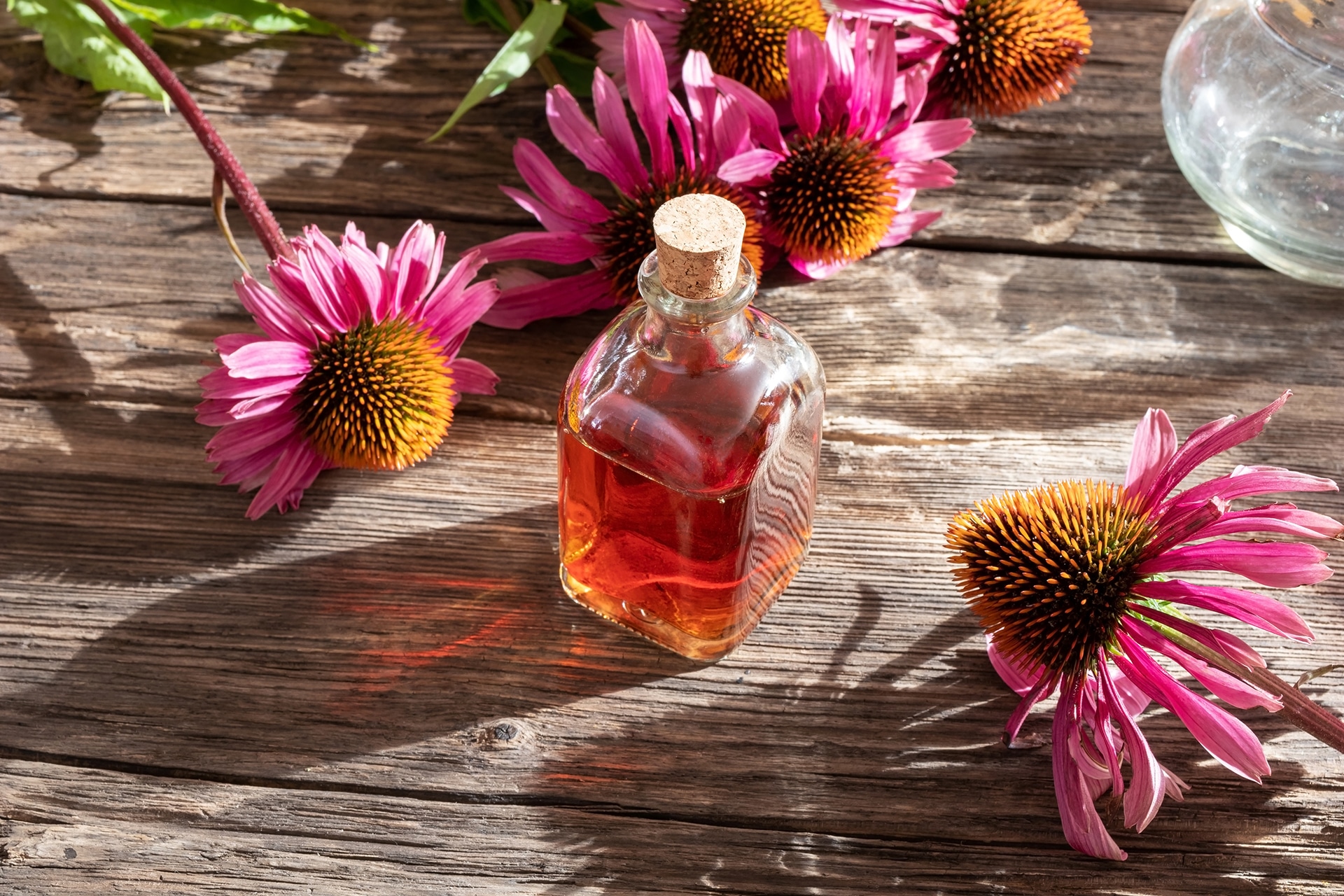Echinacea tincture is one of my go-to herbal remedies for colds and flu. This powerful remedy makes a fantastic addition to home apothecaries and first aid kits. Learning how to make herb tincture will save you money and empower the health of you and your loved ones.
Over the last few years I have moved several times, and wherever I go I always bring my upcycled tin of tinctures with me. I found this empty cookie tin in my childhood bedroom and discovered that it’s perfectly suited for holding 16 small dropper bottles of tincture. And this tincture tin has definitely come in handy! I’ve reached for it when I’ve needed support for spring allergies, colds, shoulder tension, digestive upset, and so much more.
Making my own tinctures and having this versatile mini apothecary has been deeply empowering: I feel confident in my ability to care for myself and my community wherever I go. Want to learn how to make tinctures for your own home apothecary? Well, you’re in luck because I’m going to show you how to make Echinacea tincture, which is one of my go-to remedies for a variety of common first aid situations, including colds/flu, minor wounds, and toothaches.
But before we dive into how to make herb tinctures, let’s first talk about what exactly a tincture is and why tinctures are such powerful remedies…
What is a tincture?
Tinctures are one of the most common types of herbal remedies that people reach for. You can often find shelves and shelves of them at your local co-op or natural foods store. In fact, tinctures have become so synonymous with herbal remedies that people often refer to a wide variety of remedies as “tinctures.” The basic definition of a tincture is, an extract that uses alcohol as a menstruum to extract medicinal constituents from plants.
The word “menstruum” means the liquid that you use to extract your herbs. A menstruum for a tincture usually includes water too, which can help extract more constituents from the herbs. When making tinctures, it’s important to make sure that at least 25% of your menstruum is pure alcohol to ensure that your extract is shelf stable. (When calculating your alcohol percentage, please note that the water content is equal to half of the proof value of your alcohol. For example, a 100 proof vodka will be composed of 50% water and 50% alcohol.) As a shelf stable extract, tinctures can last for years without refrigeration, which is one of the reasons why they’re so popular.
What are the benefits of tinctures?
In addition to their long term shelf stability, tinctures offer many other benefits. Since they are such potent remedies, you can quickly experience the healing gifts of the herbs from even a small amount of tincture. And in dropper bottles, they are easy to dose precisely. Plus, unlike tea, after you’ve made a bottle of tincture it requires no other preparation, so it’s generally easier to take consistently.
If you want to experience the benefits of tinctures, but you don’t ingest alcohol, you can opt for a glycerine-based extract (a glycerite) instead. Glycerites are not as shelf stable as tinctures, but they can last for up to a few years in the fridge or about 6 months in a cool, dark place. In the tincture recipe below I’ve included an option to substitute the alcohol with glycerine.
How to Make Herb Tincture
Echinacea tincture is one of my go-to herbal remedies for colds and flu. This powerful remedy makes a fantastic addition to home apothecaries and first aid kits. Learning how to make it will save you money and empower the health of you and your loved ones.
Note: if you’re excited about making a shelf stable Echinacea extract but don’t want to use alcohol, you can use vegetable glycerine instead. In the ingredients list below I’ve included this substitution option. With the glycerine, you’ll follow the same directions but just use glycerine instead of vodka.
What you’ll need…
- 150 grams dried cut/sifted Echinacea angustifolia root (approximately 1 ½ cups)
- 750 ml 100 proof vodka (or for a non-alcohol version, substitute this with 500 ml glycerine and 250 ml water)
- Place the Echinacea root in a quart jar
- Pour the vodka over the Echinacea root.
- Cover the jar with a lid and shake well. Continue to shake the jar everyday for 1 week and then every few days while its macerating (extracting) over the next 6 weeks.
- You’ll notice that the Echinacea root will expand as it soaks up the alcohol. If the roots expand so much that the alcohol no longer covers them, add a bit more vodka. However, you want to add as little as possible to avoid diluting the mixture too much.
- After 6 weeks, give the jar one last really good shake. Then strain the roots through cheesecloth, squeezing it well. (Alternatively use a potato ricer to strain and squeeze the roots.)
- Using a small funnel, pour the tincture into clean dropper bottles. Store in a cool, dark place.
Yield: 2 ¾ cups tincture














